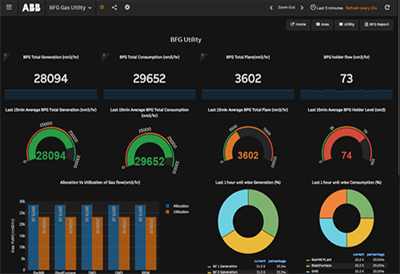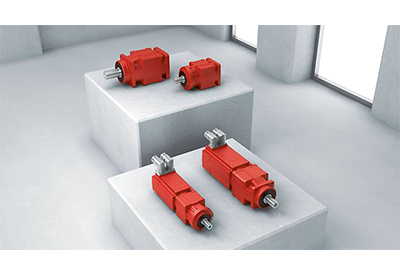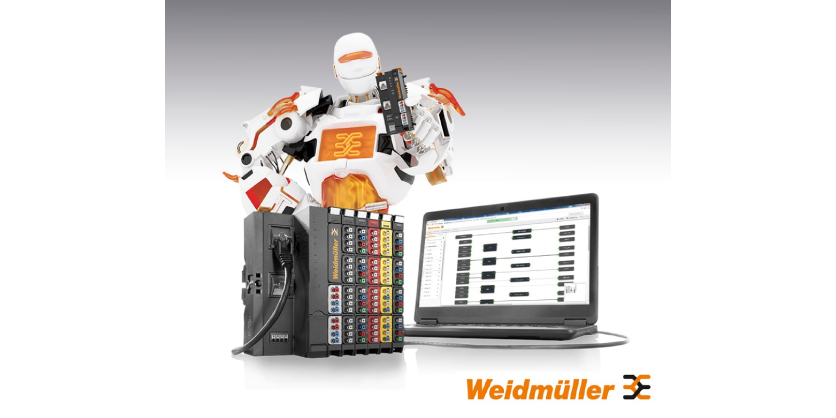Aerospace Sector, Nidec and Embraer Receive Approval for Joint Venture to Develop Electric Propulsion System
October 17, 2023

Japan’s Nidec Corporation and Brazil’s Embraer welcome the unconditional approval from all necessary regulatory authorities for the establishment of their joint venture, Nidec Aerospace LLC. The transaction combines the complementary synergies and distinct areas of expertise of two world-class engineering conglomerates to develop Electric Propulsion Systems (EPS) for the aerospace sector.
Vincent Braley, chief of staff for Nidec’s Motion and Drives business in the United States, has been appointed the CEO of Nidec Aerospace with immediate effect. Braley brings broad experience in business development and management to his new role to lead the joint venture’s future growth.
“This approval marks a significant milestone not only in Nidec Motion & Energy’s joint venture with Embraer, but also in our shared vision to advance and electrify the way the world travels,” said Michael Briggs, Senior Vice President and President of the Motion & Energy Business Unit at Nidec. “Now with official clearance to proceed, the Nidec Aerospace team is poised to bring the expertise, speed, and drive needed to accelerate sustainable aviation on a global scale.”
Michael Briggs, Senior Vice President and President of the Motion & Energy Business Unit at Nidec
“We are thrilled with the unconditional clearance. The next step will be the integration of these two powerful operational and engineering capabilities focused on business excellence.
Dimas Tomelin, Senior Vice President of Corporate Strategy, Digital and Innovation, at Embraer
Together, our extraordinary teams will be able to develop advanced solutions to collaborate with the future of sustainable aviation,” said Dimas Tomelin, Senior Vice President of Corporate Strategy, Digital and Innovation, at Embraer.
Unveiled at the Paris Air Show in June, the business combination aims to unlock new opportunities by providing an agnostic portfolio of products and services worldwide, driven initially by the growth of the Urban Air Mobility (UAM) industry. The UAM market is emerging and could create a USD 1.5 trillion market by 2040, according to Morgan Stanley Research.
The joint venture Electric Propulsion System launch customer will be the eVTOL manufacturer Eve Air Mobility (NYSE: EVEX, EVEXW), an independent company well-positioned to be a global leader in the UAM segment by delivering an effective and sustainable new mode of urban transportation. Embraer will contribute expertise, know-how and resources pertaining to the controller, and Nidec will provide its expertise, technological know-how and resources pertaining to electric motors. Nidec owns a 51% share of the joint venture, and Embraer the remaining 49%.
Nidec Aerospace is expected to invest more than USD 77.7 million by 2026 and start mass production in 2026.
More Information
Related Story
Nidec and Embraer Announce Joint Venture Agreement to Develop Electric Propulsion System for Emerging Aerospace Industry
Japan’s Nidec Corporation and Brazil’s Embraer have announced an agreement to establish a joint venture company, called Nidec Aerospace LLC (hereunder “JV”), to develop Electric Propulsion Systems for the aerospace sector. The transaction combines the complementary synergies and distinct areas of expertise of two world-class engineering companies to spearhead a new era of air mobility.






